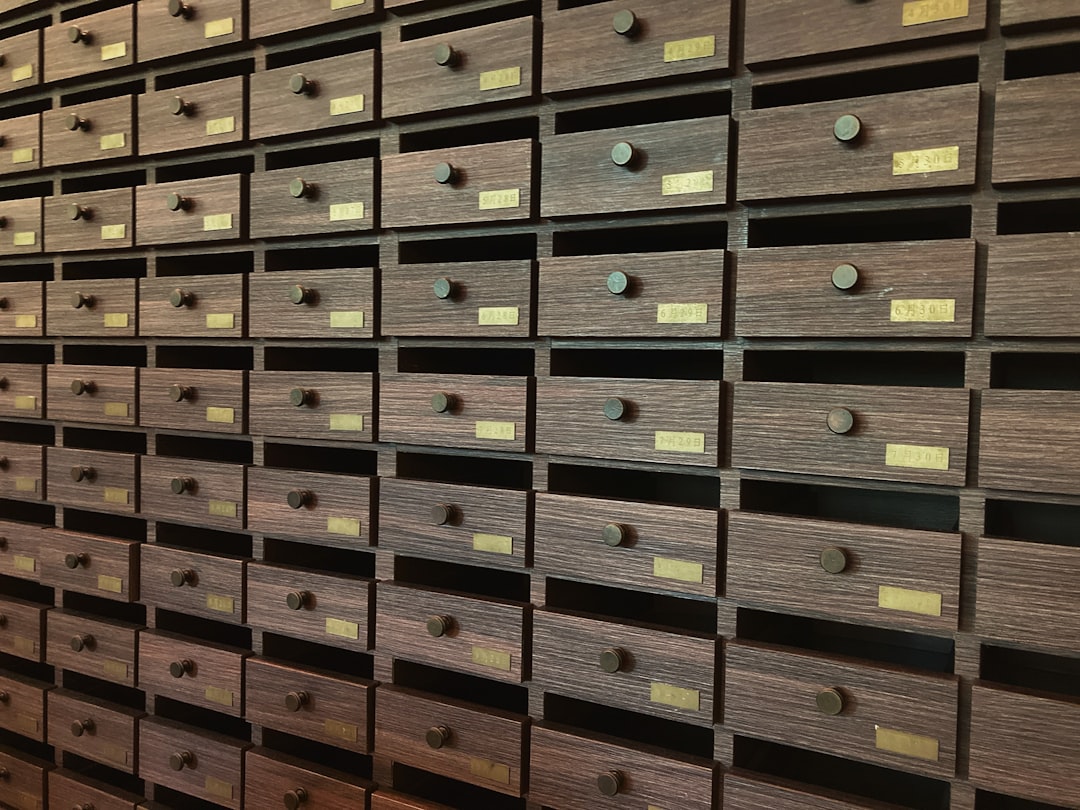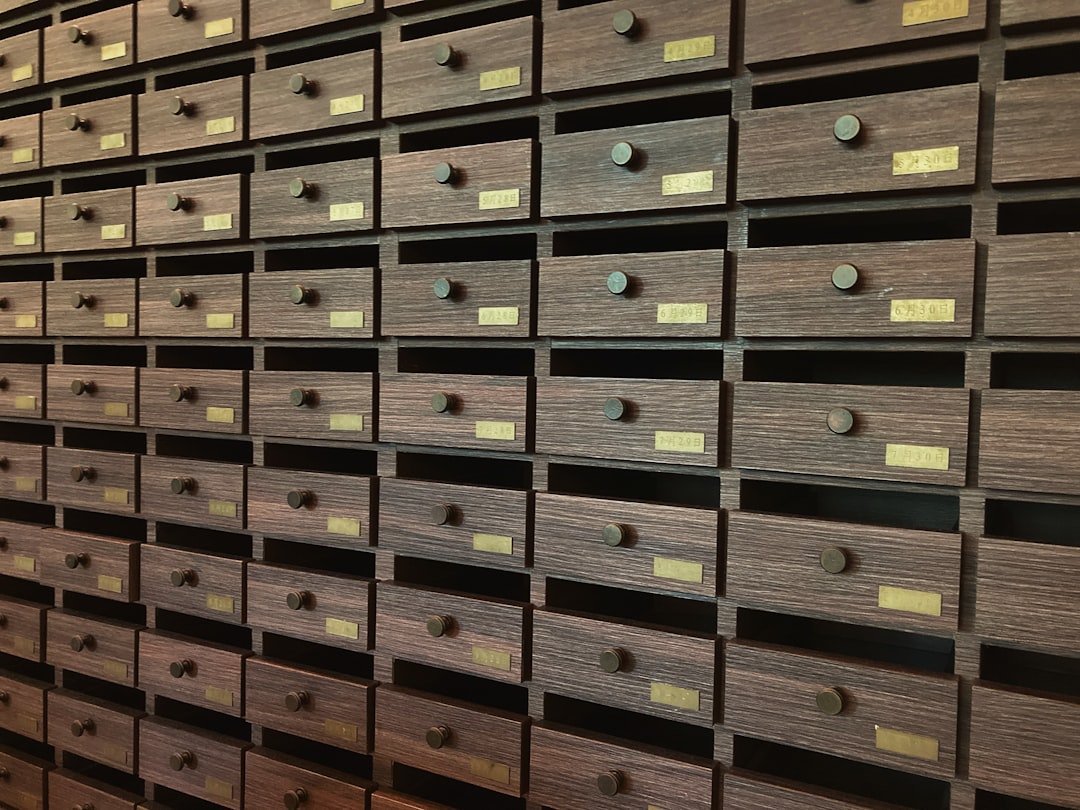On macOS, managing different file types is generally straightforward, thanks to its Unix-based architecture and powerful command-line utilities. However, when it comes to creating an RDR file without modifying its content, things can become slightly more complex. RDR files, short for “Raw Data Record” files, are typically used in niche applications such as data analysis, simulations, mapping software, and specialized industrial or scientific workflows. Whether you’re dealing with structured binary data or a data export format, this guide will teach you how to create an RDR file on macOS without altering its content.
What is an RDR file?
Before diving into methods, let’s look at what an RDR file actually is. An RDR file usually serves as a container for raw, unformatted or semi-formatted data. These files are often used in applications that require high precision, minimal noise, and platform-independent compatibility. Some RDR files may be in binary format, while others could follow a defined text encoding, depending on the application that created them.
It is important to note that RDR files are not standardized like PDF or DOCX files. Their format largely depends on the originating software, which makes “non-modification” during file creation even more crucial.
Why You Might Want to Create RDR Files on macOS
There are several scenarios where you may need to create an RDR file without editing or modifying its content:
- You want to transfer raw data processed on a different platform, maintaining its integrity.
- You are preparing data for an external tool or system that requires a specific format.
- You need to make an archival copy of instrumentation data or simulation results for compliance or backup purposes.
Whatever your reason, rest assured, macOS offers multiple ways to handle this task efficiently.
Method 1: Use the Terminal with dd Command
The dd command-line tool is one of the best ways to create and copy raw files without any modifications. This utility reads and writes directly at a low level, which is perfect for preserving exact data.
Here’s how you can create an RDR file using the dd command:
dd if=source.rdr of=new_copy.rdr bs=1MExplanation:
-
ifstands for input file. Replacesource.rdrwith your actual file name. -
ofstands for output file.new_copy.rdrwill be the name of the RDR file you are creating. -
bs=1Msets the block size to 1 megabyte for faster copying.
This command ensures that the file is duplicated byte-for-byte, with no content alteration.
Method 2: Use Finder with Caution
For users less comfortable with the command line, you can duplicate the RDR file using Finder. However, do this carefully to avoid macOS trying to “parse” or open the file with default apps like Preview or TextEdit.
Steps:
- Navigate to the original RDR file in Finder.
- Right-click on the file and select Duplicate. This will create a copy in the same directory.
- Rename the new file if needed, but be sure to preserve the
.rdrextension manually. macOS may hide file extensions, so check this under Finder Preferences.
This method is safe, provided you don’t open or re-save the file in any editing software that might auto-format it.

Method 3: Use Disk Utility (Advanced)
If you’re dealing with RDR files at the system level, like disk images that use raw formats, you could create raw disk copies using Disk Utility or terminal disk cloning.
Here’s how to use Disk Utility for such tasks:
- Open Disk Utility from Applications > Utilities.
- Select the drive or image containing the RDR file.
- Go to File > New Image > Image from [Drive Name].
- Choose Read-only as the image format and None for encryption.
This will create a .dmg file that can be mounted, and from which the file can be extracted later using the command line. You can also mount the disk image and use cp or dd to make another copy of just the RDR file inside.
Best Practices for Handling RDR Files
Handling RDR files requires special attention to preserving their integrity. Here are some key best practices:
- Always use binary-safe methods. The terminal is your best friend for raw data operations.
- Avoid using text editors or file previewers. These can auto-insert symbols or re-encode your file content.
-
Checksum your files. Use
shasumormd5to ensure the file hasn’t been modified during creation or transfer.
shasum source.rdr
shasum new_copy.rdrHandling File Name Extensions in macOS
macOS has a habit of hiding file extensions, which can be a problem with uniquely named files like RDR. To fix this:
- Open Finder > Preferences > Advanced.
- Check the box labeled “Show all filename extensions.”
This will help ensure that your file names remain consistent and are not misinterpreted by macOS or other software.

Transferring RDR Files Securely
If you need to send RDR files over the internet or external storage, compressing and verifying the transfer is highly recommended. Use the built-in zip tool:
zip rawdata.zip original.rdrAnd to unzip later:
unzip rawdata.zipThis creates a zipped version of the file for secure and fast transfer without modifying the content.
Bonus Tip: Script It for Multiple Files
If you have multiple RDR files to duplicate without changing their contents, you can automate the process using a simple shell script:
#!/bin/bash
for file in *.rdr; do
cp "$file" "${file%.rdr}_copy.rdr"
done
This script goes through every RDR file in the current directory and creates a copy with _copy appended before the extension.
Conclusion
Creating RDR files on macOS without modifying their contents is not only possible but also straightforward if you use the correct tools. Whether through powerful command-line utilities like dd or graphical methods like using Finder or Disk Utility, you can preserve the integrity of sensitive raw data.
Key Takeaway: Always prioritize methods that avoid any form of automatic parsing or encoding. Stick to binary-safe operations, verify checksums, and maintain consistent file extensions to ensure your RDR files remain intact and usable across systems.
Understanding your tools and the file types you’re dealing with is the first step toward becoming a data-savvy macOS operator. Happy duplicating!

